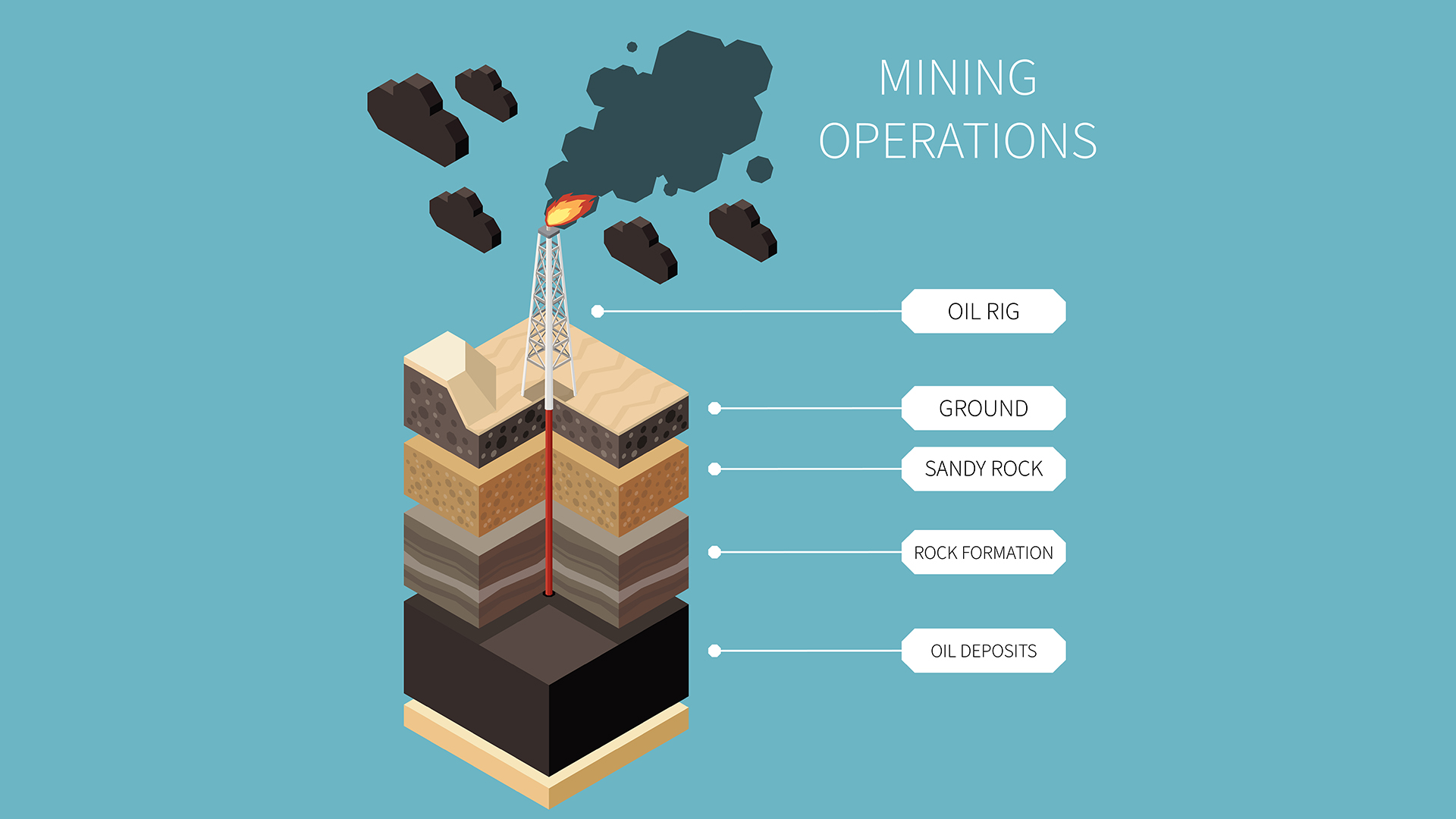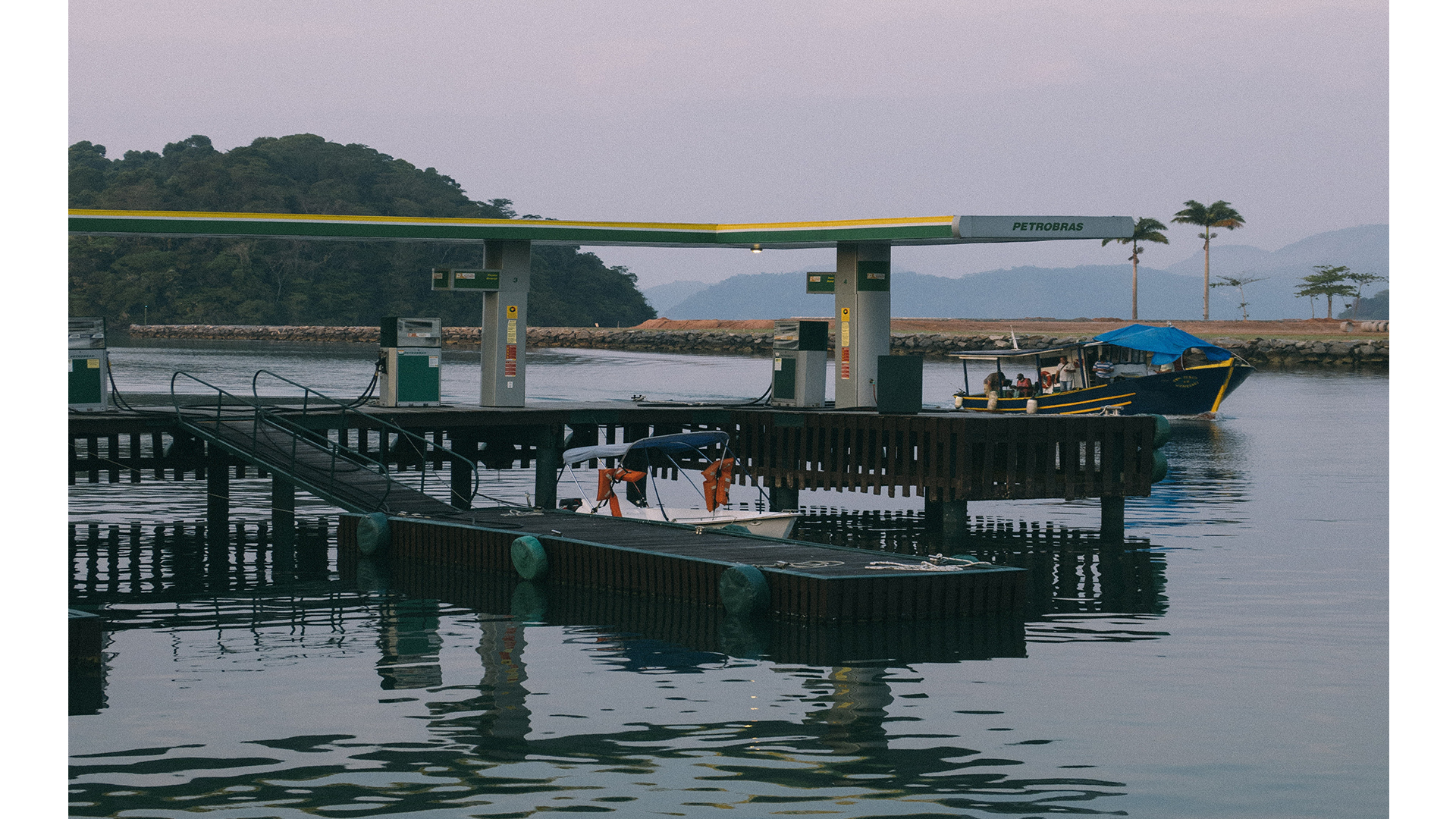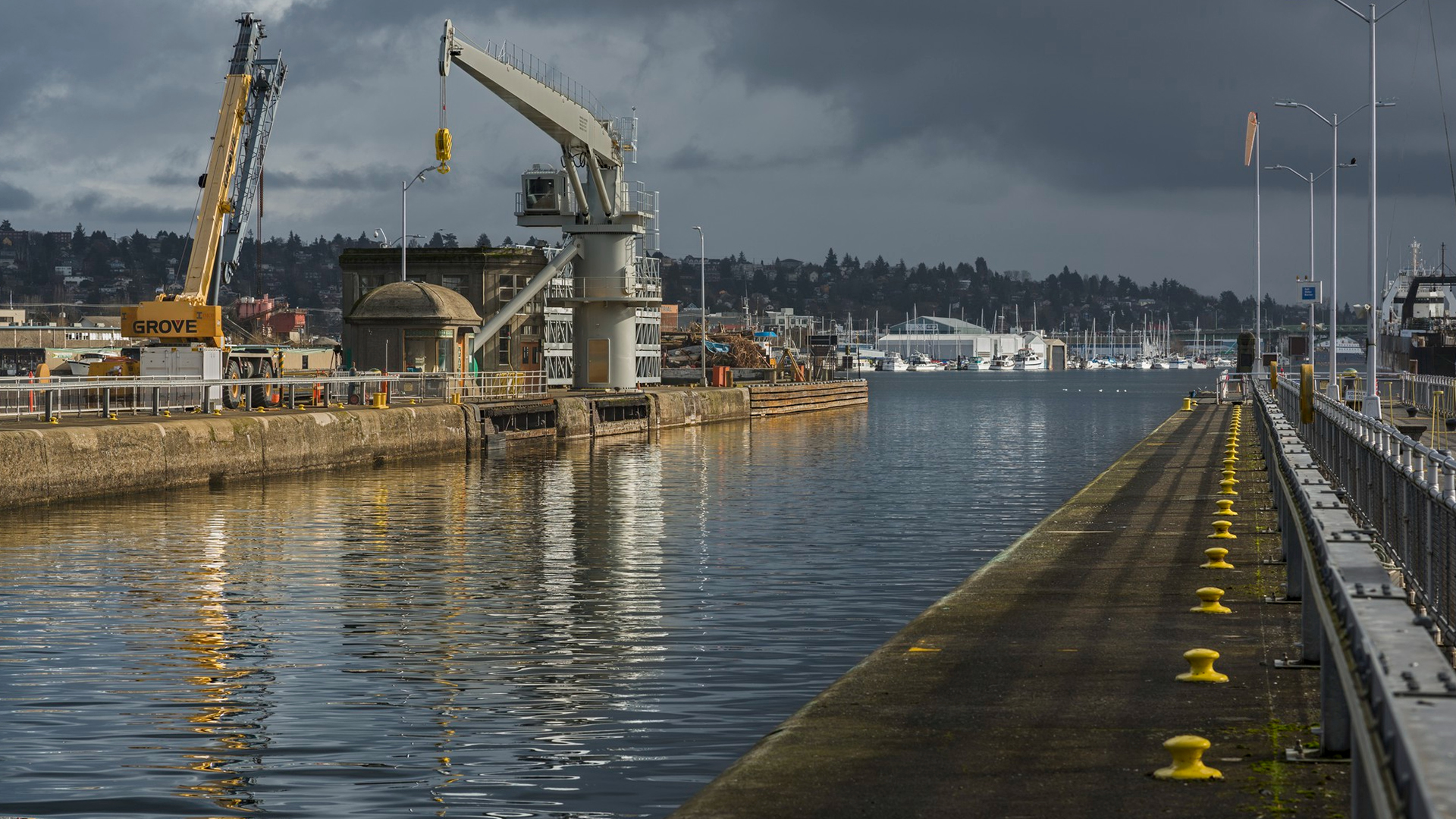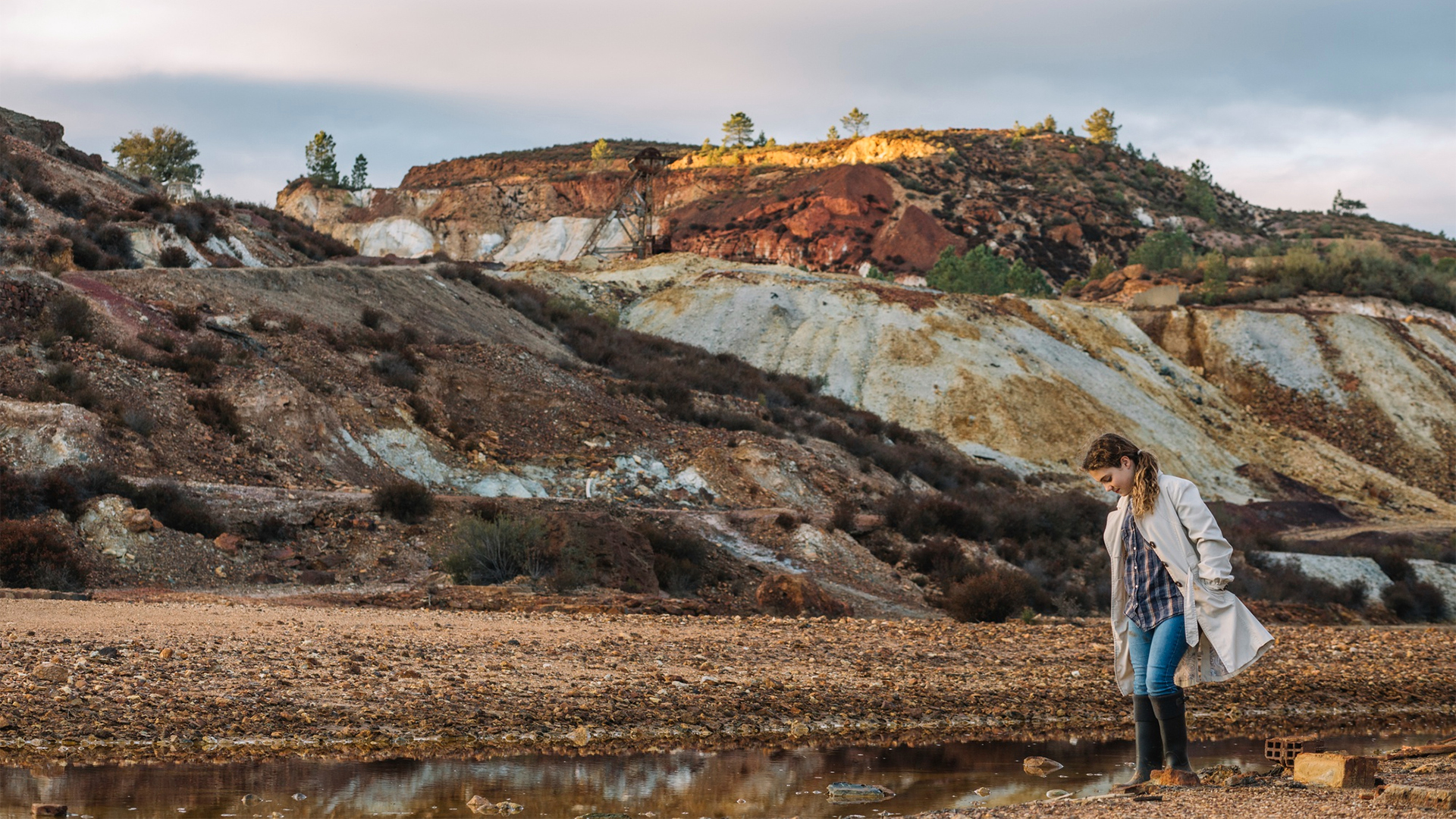
Principles And Correlation Of Stratigraphy
Course overview
Participants in Training Bee’ training course, Stratigraphy Sequence: Principles, Geological Correlation and Seismic Stratigraphy Analysis, will learn how to apply sequence stratigraphy principles in real-world settings to make first forecasts for exploration and production. The contemporary stratigraphic techniques, theories, and applications related to geological correlation, applied sequence stratigraphy, and reservoir characterization are covered in this Training Bee course. Basic ideas in seismic and sequence stratigraphy analysis will be covered, with examples from outfield seismic, core, outcrop, and well-log data to help clarify key points. The information supplied will be used to identify and find hydrocarbon plays, improve play estimation, and forecast which lithology will be drilled before a drill bit.
What are Stratigraphy’s Fundamental Principles?
Fundamental ideas controlling the sedimentation process serve as the foundation for stratigraphy. The accumulation of rock fragments deposited in a basin by forces including wind, glaciers, and water results in sedimentation. The basic concepts of stratigraphical research are established by the process of stratified rocks, such as lava flows, collecting and regimenting. Order of superposition, cross-cutting relationships, original horizontality, lateral continuity, unconformities, catastrophism, uniformitarianism, and fossil succession are the eight distinct principles or laws of stratigraphy.
What Use Does Seismic Stratigraphy Serve?
The study of seismic stratigraphy uses time to correlate strata and identify the stratigraphy of uncharted territory. Seismic stratigraphy analyzes basin-filling sedimentary deposits, or sequences, within a framework of sedimentation, subsidence, and eustasy. Seismic reflector interpretation is heavily reliant on the goal of seismic stratigraphy. It is a forecasting tool for many components of the petroleum system, including reservoirs, source rock, and seals. It also makes it possible to apply geological principles to the analysis and data from seismic sources.
Introduction
Here you can explore the fascinating realm of stratigraphy sequence! This course will take you on a tour through our planet’s geological strata, showing the vital tools and techniques employed in the discipline of stratigraphy and helping to solve some of the riddles surrounding Earth’s past.
Geology’s field of stratigraphy is devoted to the study of rock layers, or strata, and how they are arranged in the crust of the Earth. These layered formations, sometimes called the Earth’s “pages,” offer us a special archive of the planet’s previous geological history. Through analyzing these strata and the hints they hold; we can create a clear picture of how the Earth has changed over millions of years.
We are The Training Bee, a global training and education firm providing services in many countries. We are specialized in capacity building and talent development solutions for individuals and organizations, with our highly customized programs and training sessions.
Our objective as we set out on this educational adventure is to provide you with a strong foundation in stratigraphy and seismic stratigraphy so that you may grasp Earth’s past and further the field of geological research. To expand your understanding, we’ll study case studies, participate in practical activities, and promote critical thinking.
Prepare to explore the rich tapestry of Earth’s geological past and uncover the mysteries concealed within its rock layers. Greetings and welcome to Seismic Stratigraphy Analysis, Geological Correlation, and Stratigraphy Sequence: Principles!
Learning Objectives
Upon completing Stratigraphy Sequence: Principles, Geological Correlation and Seismic Stratigraphy Analysis, participants will be able to:
- Knowledge of the many kinds of sedimentary basins and how they deposit sediment
- Identifying the primary seismic sequences
- combining radiometric dating, bio- and chemo-stratigraphic data, and various stratigraphic data
- Knowing how important chrono stratigraphy is for demonstrating the temporal and geographical manifestations of depositional packages
- Understanding the many concepts and terminologies used in seismic and sequence stratigraphy
- Acquiring the ability to combine geological data and recognize different well log sequences and par sequences
- Discover how to recognize and quantify essential geometrical parameters, bounding stratal surfaces, and system tracks in shelf to basin transects.
- Determine the carved valleys.
Our Unique Training Methodology
This interactive course comprises the following training methods:
- Journaling – This consists of setting a timer and letting your thoughts flow, unedited and unscripted recording events, ideas, and thoughts over a while, related to the topic.
- Social learning – Information and expertise exchanged amongst peers via computer-based technologies and interactive conversations including Blogging, instant messaging, and forums for debate in groups.
- Project-based learning
- Mind mapping and brainstorming – A session will be carried out between participants to uncover unique ideas, thoughts, and opinions having a quality discussion.
- Interactive sessions – The course will use informative lectures to introduce key concepts and theories related to the topic.
- Presentations – Participants will be presented with multimedia tools such as videos and graphics to enhance learning. These will be delivered engagingly and interactively.
Training Medium
This Stratigraphy Sequence: Principles, Geological Correlation and Seismic Stratigraphy Analysis training is designed in a way that it can be delivered face-to-face and virtually.
Course Duration
This training is versatile in its delivery. The training can be delivered as a full-fledged 40-hour training program or a 15- hours crash course covering 5 hours of content each day over 3 days
Pre-course Assessment
Before you enroll in this course all we wanted to know is your exact mindset and your way of thinking.
For that, we have designed this questionnaire attached below.
- What is the basic idea behind stratigraphy, and why is it relevant to our comprehension of Earth’s past?
- How does the relative dating of rock layers connect to the notion of superposition, please?
- Explain how the Law of Original Horizontality affects the way sedimentary rock layers are interpreted.
- What are the main techniques for geological correlation, and why is stratigraphy dependent on it?
- Give definitions for “formation” and “stratigraphic unit.” How are the rock layers classified using these units?
- How might the study of fossils help with correlation between rock strata and stratigraphic analysis?
- How is subsurface geological structure interpreted using seismic stratigraphy?
Course Modules
This Stratigraphy Sequence: Principles, Geological Correlation and Seismic Stratigraphy Analysis covers the following topics for understanding the essentials of the Agile Workplace:
Module 1 – Stratigraphy Sequence Overview
- The evolution of stratigraphy across time
- Fundamentals of stratigraphy
- Sequence of fossils
- Lateral persistence
- Overlapping connections
Module 2 – Stratigraphical Surfaces in Sequence
- Stratum termination types
- Stratigraphic relationships
- Surfaces with a stratigraphic sequence
- The greatest regressive surface
- Maximum surface flooding
- Surface repressiveness’ of marine erosion
- Baseline of the compelled regression
Module 3 – Definitions of Sequences from Seismic and Wells
- Why and how well log data is used
- Stratal surface identification on seismic
- System and surface tract definitions
- Seismic facies documentation
- Relations in geology
- Why and how well log data is used
- Examination of the seismic properties
Module 4 – Methods for Gathering Stratigraphical Information
- Required equipment
- Selecting a traversal
- Assessing the thickness
- Encoding lithological symbols
- Relationship between strata
Module 5 – System Divisions
- System tracts in settings controlled downstream
- System tracts in environments under upstream control
- The financial capacities of various system tracts
- Differentiating between system tracts that are upstream and downstream
- Finding system tracts on 2D seismic data and well-log cross-sections
Module 6 – Overview of Chrono stratigraphy
- Summary and synopsis
- Saturation planes
- Surface erosion and non-deposition
- Stratigraphy and seismic simulations
- Onlap of the coast and blissful
Module 7 – Combined Stratigraphic Methods
- Terminology, process, and classification used in stratigraphy
- Literary-statistics
- Invertebrates
- Time scale for geomagnetic polarity
- Radiogenic geochronology using isotopes
- The cyclostratigraphy
Module 8 – Models and Fundamentals
- Sequences stratigraphical in genetics
- Recognition of sequence boundaries
- Model of sequence stratigraphy
- Additional sorts of system tracts and modifications to the optimal model
Module 9 – Relative Sea-Level Low stands and Carbonates: Sequence Stratigraphy
- Introduction to the stratigraphy of the carbonate sequence
- Overview of carbonate systems
- Stand-alone shedding
- Drowning on carbonate platforms and its causes
- Carbonate, siliciclastic partitioning, evaporation, and relative sea level low stands
- Limits on the production of carbonates and sediments
Post-course Assessment
Participants need to complete an assessment post-course completion so our mentors will get to know their understanding of the course. A mentor will also have interrogative conversations with participants and provide valuable feedback.
- Describe the rule of superposition and its use in relative rock layer dating. Give an example to demonstrate your comprehension.
- Explain the fundamental ideas of stratigraphy and their importance for deciphering the geological past of Earth.
- What techniques and equipment are frequently employed in geological correlation to connect rock layers from various sites or outcrops? Give instances of the critical roles that geological correlation plays.
- Contrast and compare chrono stratigraphy with lithostratigraphy. What are the differences between these stratigraphic techniques in terms of how rock layers are classified and interpreted?
- Explain seismic stratigraphy and talk about how subsurface geological analysis uses it. How do stratigraphic profiles become created using seismic data?
Lessons Learned
Knowing Earth’s History: Stratigraphy is an invaluable resource for learning about our planet’s geological past. We can reconstruct previous Earth settings and the evolution of life by looking at the order of rock layers and the fossils they contain.
Stratigraphic Fundamentals: Understanding the relative ages of rock layers and the events that shaped them depends on understanding basic stratigraphic concepts including the law of superposition, original horizontality, and cross-cutting relationships.
Geological Correlation: In order to create a cohesive stratigraphic framework and connect rock layers from various places, geological correlation techniques are crucial. It enables us to comprehend the spatial and temporal distribution of geological events.
Function of Fossils: As indicators of particular eras, fossils are essential to stratigraphy. Using the study of fossils, biostratigraphy establishes relative ages and generates precise stratigraphic columns.
Seismic stratigraphy is a useful technique for researching the geology beneath the surface. It offers a non-invasive method of penetrating the Earth’s surface, which is beneficial for resource exploitation, environmental evaluations, and geological modeling.
Seismic Reflection vs. Refraction: Students ought to have been taught the distinctions between the two techniques and when to apply each in subsurface analysis and stratigraphy. Refraction aids in determining subsurface velocity profiles, while reflection is utilized to image subsurface layers.







